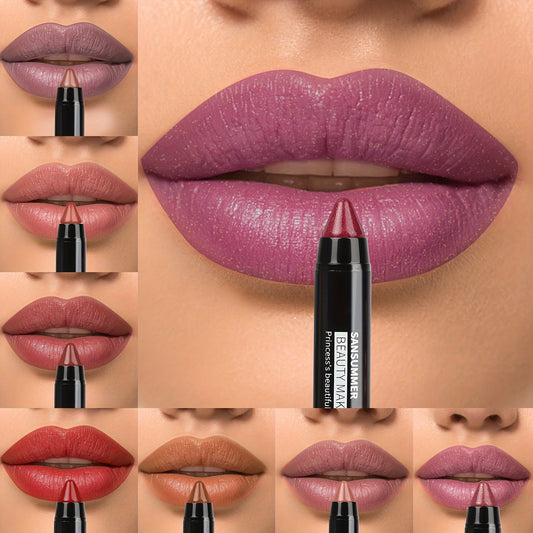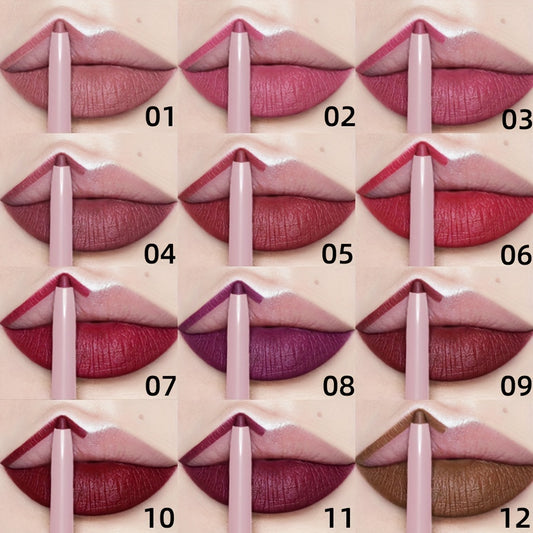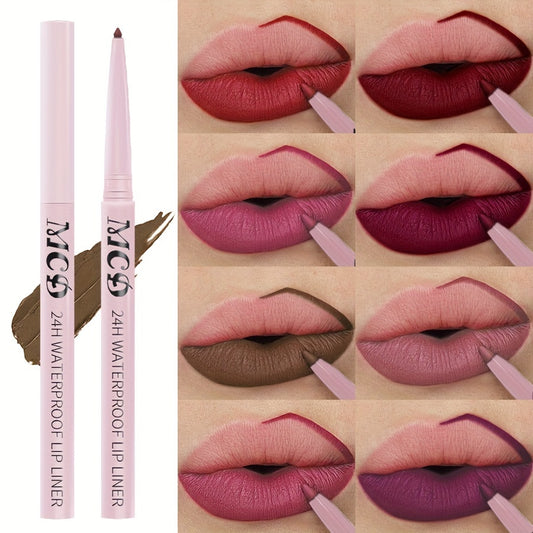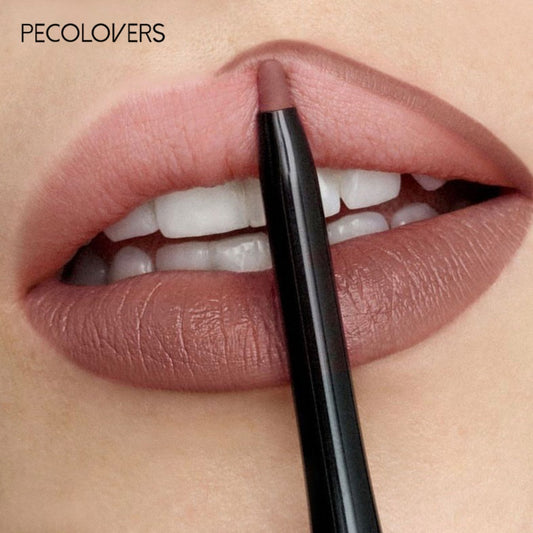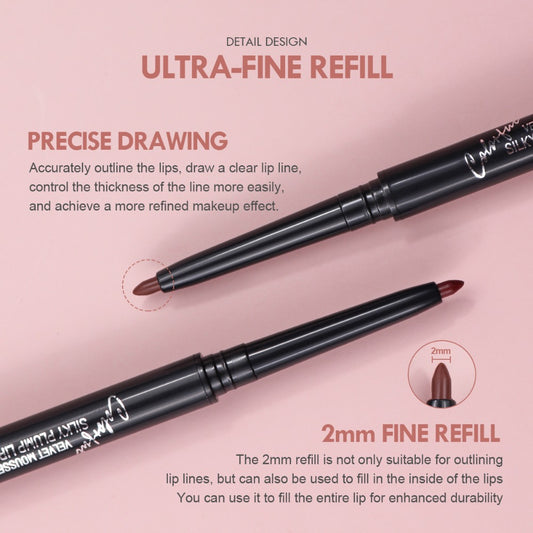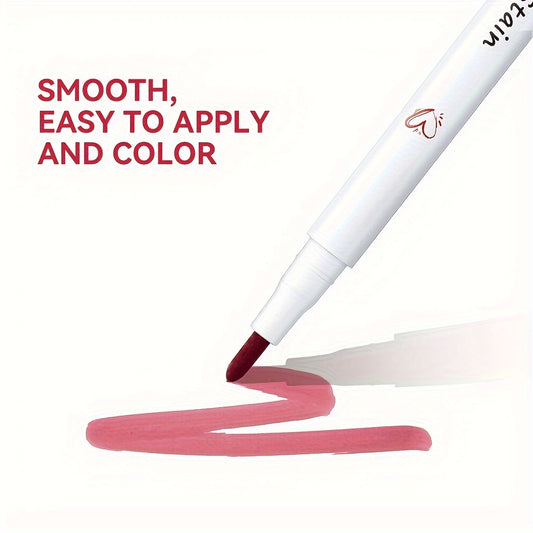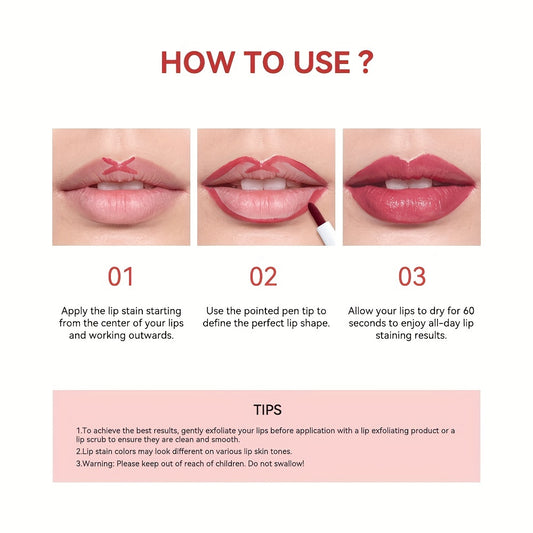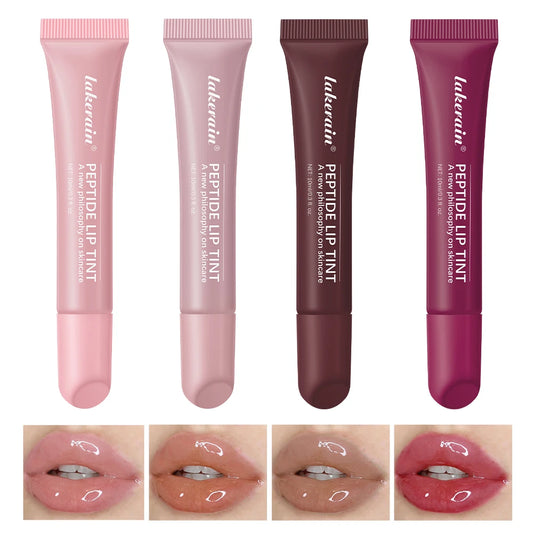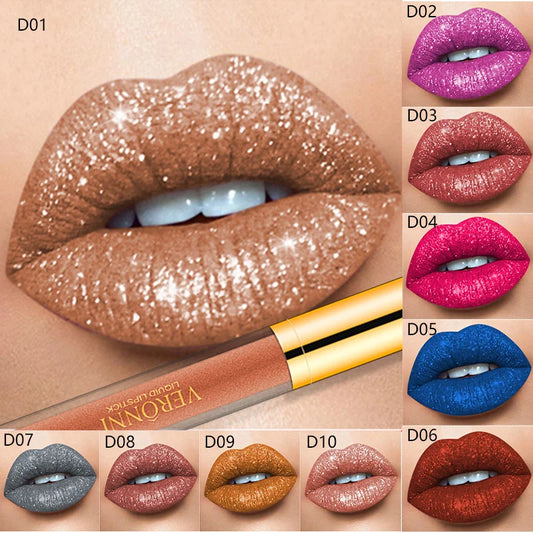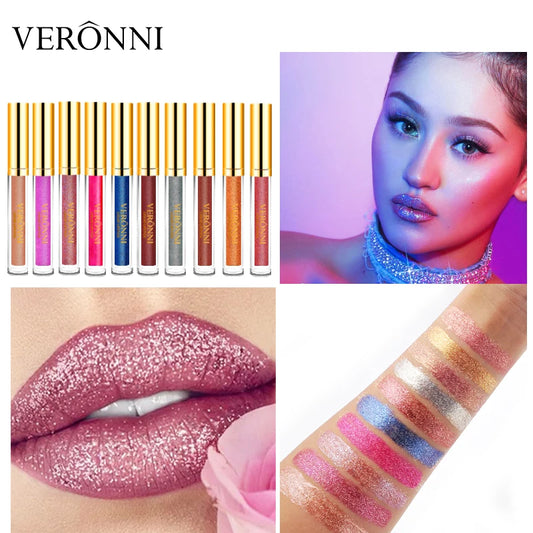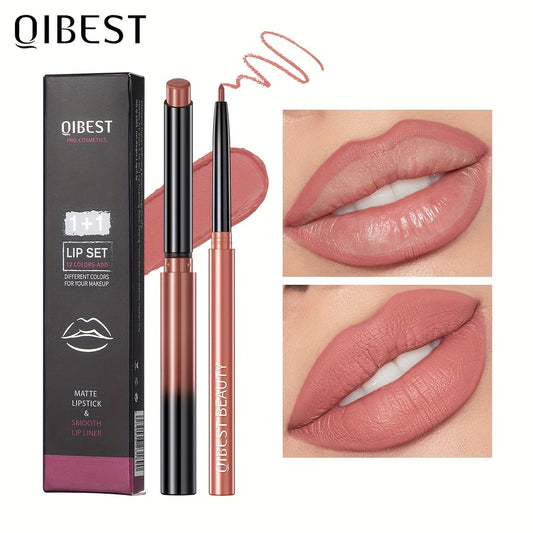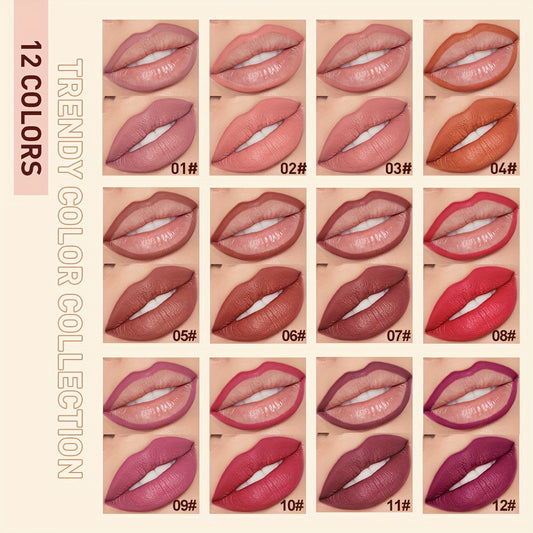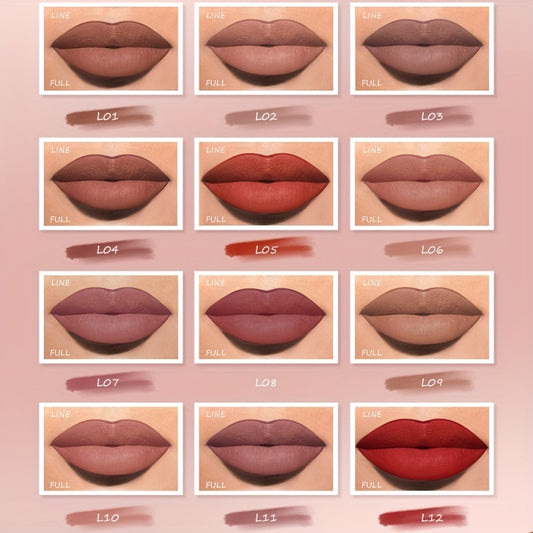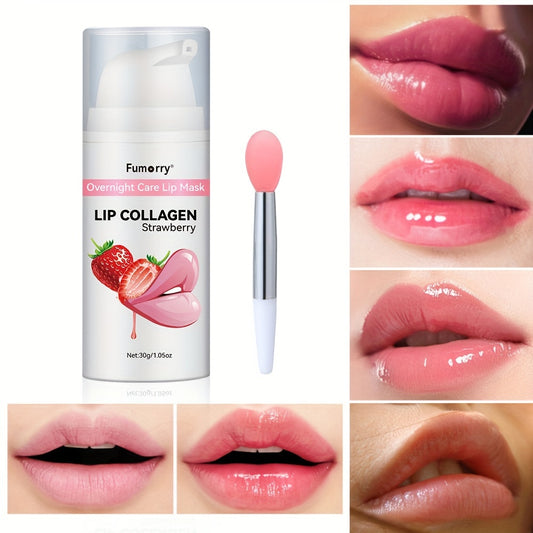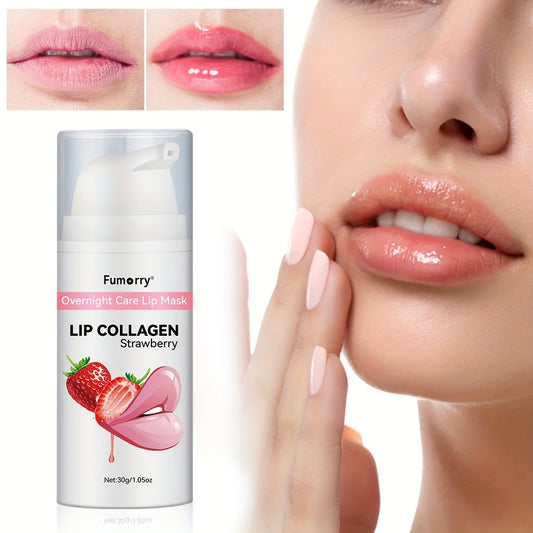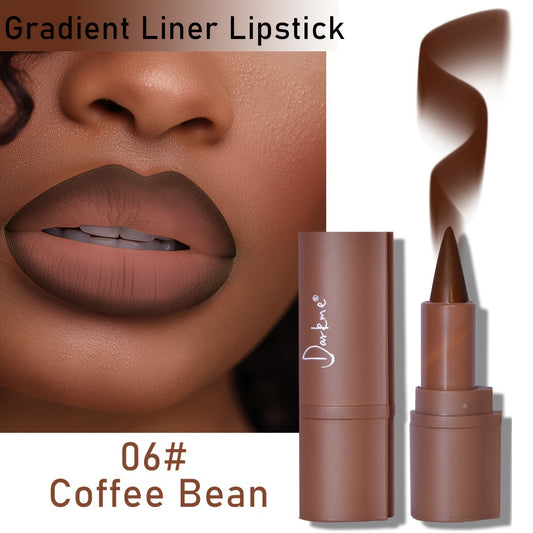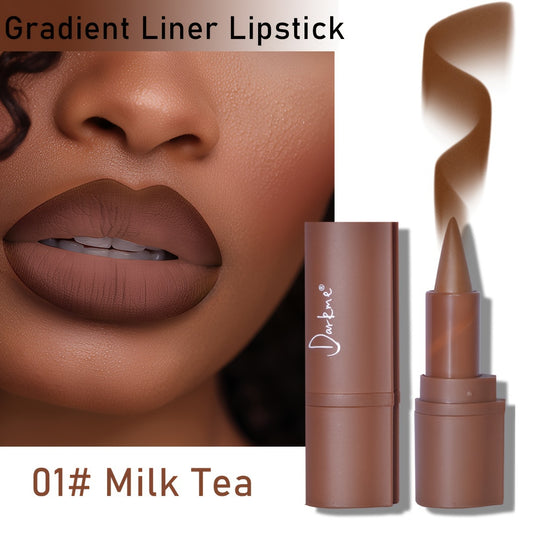The Science Behind Lip Balm: What Makes It Work?
Share
As the weather warms up and summer approaches, our lips often become dry, cracked, and in need of extra care. This is where lip balm comes in - a staple in many people's beauty routines. But have you ever wondered what exactly makes lip balm so effective at soothing and hydrating our lips?
In this blog post, we'll dive into the science behind lip balm and explore the key ingredients that make it work. Whether you're a lip balm enthusiast or simply curious about the products you use, this guide will provide you with a deeper understanding of how lip balm functions and why it's an essential part of any skincare regimen.
The Anatomy of Lips
To fully comprehend the science behind lip balm, it's important to first understand the unique structure and composition of our lips. Lips are a delicate and sensitive area of the body, with a thin epidermis (the outermost layer of skin) that lacks the protective barrier found in other areas of the skin.
The lips are composed of several layers, including the stratum corneum, which is the outermost layer of the epidermis. This layer is responsible for retaining moisture and protecting the lips from environmental stressors. However, the stratum corneum on the lips is much thinner than on other parts of the body, making it more susceptible to dryness and damage.
Additionally, the lips have a lower concentration of sebaceous glands, which are responsible for producing natural oils that keep the skin moisturized. This lack of natural oils, combined with the thin epidermis, makes the lips more prone to dryness, cracking, and irritation.
The Role of Lip Balm
Lip balm is designed to address the unique needs of the lips by providing a protective barrier and delivering essential hydration. The key ingredients in lip balm work together to:
-
Seal in Moisture: Lip balm contains emollients, such as waxes and oils, that create a protective layer on the lips. This layer helps to lock in the skin's natural moisture, preventing it from evaporating and leaving the lips feeling dry and chapped.
-
Nourish and Hydrate: Many lip balms contain humectants, such as glycerin, that draw moisture from the environment and into the lips. Additionally, some lip balms contain nourishing oils and butters, like shea butter or coconut oil, that help to replenish the skin's natural oils and keep the lips soft and supple.
-
Soothe and Heal: Certain ingredients in lip balm, such as beeswax or vitamin E, have anti-inflammatory properties that can help to reduce redness, irritation, and discomfort associated with dry, cracked lips.
-
Protect from Environmental Factors: Lip balm can also contain sun protection factors (SPF) to shield the delicate lip area from the damaging effects of UV radiation, which can further exacerbate dryness and damage.
Key Ingredients in Lip Balm
Now that we understand the role of lip balm, let's take a closer look at the key ingredients that make it so effective:
Emollients
Emollients are the foundation of lip balm, as they create a protective barrier on the lips. Common emollients used in lip balm include:
- Beeswax: A natural wax that helps to seal in moisture and provide a smooth, glossy finish.
- Petroleum-based waxes (e.g., paraffin, mineral oil): These synthetic waxes also help to lock in moisture and create a protective barrier.
- Vegetable-based oils (e.g., coconut oil, shea butter, jojoba oil): These natural oils nourish and hydrate the lips.
Humectants
Humectants are ingredients that draw moisture from the environment and into the skin. Some common humectants found in lip balm include:
- Glycerin: A popular humectant that helps to keep the lips hydrated.
- Hyaluronic acid: A powerful humectant that can hold up to 1,000 times its weight in water, making it highly effective at hydrating the lips.
Occlusives
Occlusives are ingredients that create a physical barrier on the skin to prevent moisture loss. Examples of occlusives in lip balm include:
- Beeswax
- Petroleum-based waxes
- Silicones (e.g., dimethicone)
Emulsifiers
Emulsifiers help to blend the various ingredients in lip balm, ensuring a smooth and consistent texture. Common emulsifiers include:
- Lecithin
- Stearic acid
- Cetyl alcohol
Antioxidants
Antioxidants help to protect the lips from environmental stressors and free radical damage. Some antioxidants found in lip balm include:
- Vitamin E
- Vitamin C
- Green tea extract
Sun Protection
Some lip balms contain sun protection factors (SPF) to shield the delicate lip area from harmful UV rays. Ingredients that provide sun protection include:
- Zinc oxide
- Titanium dioxide
- Avobenzone
The Science of Lip Balm Formulation
Creating an effective lip balm is a delicate balance of ingredients and formulation. Manufacturers must carefully consider the ratios and interactions between the various components to ensure the final product delivers optimal performance.
For example, the ratio of emollients to humectants is crucial. Too much emollient can create a heavy, greasy feel, while too much humectant can lead to a sticky, tacky texture. The inclusion of occlusives, such as beeswax or petroleum-based waxes, helps to lock in the moisture provided by the humectants.
Emulsifiers play a vital role in ensuring the ingredients blend seamlessly, creating a smooth and consistent texture. Antioxidants and sun protection factors are often added to provide additional benefits and protection for the lips.
The manufacturing process itself is also important. Lip balm is typically produced through a process called "hot-fill," where the ingredients are melted and then poured into the final packaging. This ensures the product maintains its desired texture and consistency.
The Science Behind Lip Balm Addiction
Have you ever noticed that once you start using lip balm, it can be difficult to stop? There's a scientific reason behind this phenomenon, often referred to as "lip balm addiction."
The main culprit is the inclusion of menthol or camphor in some lip balm formulations. These ingredients provide a temporary cooling or tingling sensation, which can be perceived as a "refreshing" feeling. However, this sensation is short-lived, and the lips can actually become drier as a result.
As the lips become drier, the user feels the need to reapply the lip balm more frequently, leading to a cycle of dependency. Additionally, some lip balms contain ingredients that can be mildly irritating, such as fragrance or certain preservatives, which can further contribute to the perceived "need" for the product.
To break the cycle of lip balm addiction, it's important to choose a formula that is free of menthol, camphor, and other potentially irritating ingredients. Look for lip balms that contain nourishing, non-irritating ingredients like beeswax, shea butter, and natural oils.
Conclusion
Lip balm is a seemingly simple product, but its effectiveness is rooted in a complex interplay of scientific principles and carefully formulated ingredients. By understanding the anatomy of the lips, the role of lip balm, and the key components that make it work, you can make more informed choices about the products you use to keep your lips healthy and hydrated.
Whether you're dealing with dry, cracked lips or simply want to maintain the health and appearance of your pout, incorporating a high-quality lip balm into your daily routine can make a significant difference. So, the next time you reach for your favorite lip balm, take a moment to appreciate the science behind it and the care that goes into its creation.


